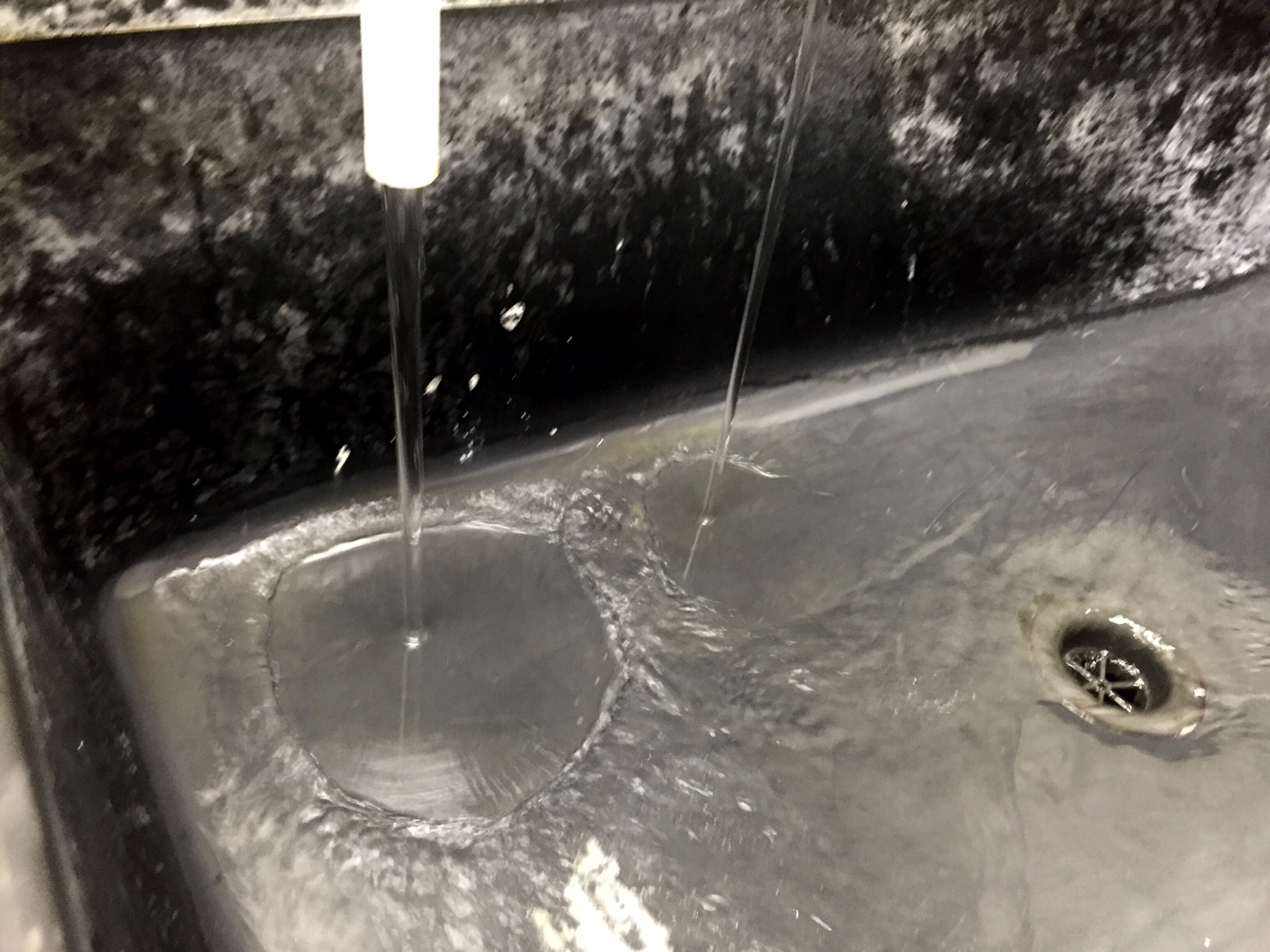WASHINGTON — Millions of Americans are served by water utilities where drinking water samples show contaminants above federally accepted levels. Many of those systems are badly outdated. And in many areas of the country, water systems simply fail to report findings that show water samples that don’t meet federal standards.
Those are some of the reasons the Natural Resources Defense Council says that America has a drinking water crisis. An NRDC report released Tuesday found that millions of Americans drink water from systems with reported safety violations. Maryland ranks 12th in the number of Safe Drinking Water Act violations.
Eric Olson, director of NRDC’s health program, said nine out of 10 violations failed to result in formal enforcement actions. “In other words,” said Olson, when a violation was recorded, “the state and federal governments failed to even issue a notice of violation or do a site visit, much less file a civil action or issue an administrative order.”
The study collected data from 2015. The NRDC reported that in Maryland, most violations were reported in smaller water systems and were related to the use and handling of disinfectants typically used in water utilities.
Those are considered “health-based violations,” and the NRDC’s website explains that “exposure to these contaminants can lead to cancer and may be linked to reproductive impacts such as miscarriages and birth defects.”
The group said the report is alarming since it comes at a time when the Trump administration is considering slashing the budget of the Environmental Protection Agency. “Proposed and severe spending cuts to the EPA would exacerbate the health threats faced by millions of Americans,” said Jamie Consquegra, legislative director for NRDC’s Climate and Clean Air Program.
“The fix is really to invest in two things,” Olson said: “One is common-sense enforcement of the law and the other is water infrastructure investments.”
Olson said many water systems across the country are 100 years or older and need to be updated. When it comes to enforcement, Olson says it’s important that the state take action, and that the federal government needs to step in when violations are reported, “ to make it clear that violating the law will have consequences.”
Jay Apperson, of the Maryland Department of the Environment, said in a statement:
The vast majority of Safe Drinking Water Act violations are corrected immediately or following the issuance of a Notice of Violation. Safe drinking water is such a critical public health issue that the department takes every step it can to resolve any issues long before they reach the point where a financial penalty would be in order. The department’s activities help to ensure safe drinking water for more than 5.7 million Marylanders.
The Washington Suburban Sanitary Commission, which serves 1.8 million customers in Montgomery and Prince George’s counties, is not among the water systems cited in the NRDC report. Spokeswoman Lyn Riggins said by email that the utility hasn’t had a drinking-water violation in 99 years of service. She included WSSC’s 2016 Water Quality Report.
See county-by-county violations in this interactive map released by the NRDC.








